Manual Microlife WS 100 Balança
Precisa de um manual para o seu Microlife WS 100 Balança? Abaixo você pode visualizar e baixar gratuitamente o manual em PDF em português. Este produto tem atualmente 4 perguntas frequentes, 0 comentários e tem 0 votos. Se este não for o manual que você deseja, por favor contacte-nos.
Seu produto está com defeito e o manual não oferece solução? Vá a um Repair Café para obter serviços de reparo gratuitos.
Manual
Loading…

Loading…
Avaliação
Deixe-nos saber o que você pensa sobre a Microlife WS 100 Balança, deixando uma classificação do produto. Quer compartilhar suas experiências com este produto ou fazer uma pergunta? Por favor, deixe um comentário na parte inferior da página.Mais sobre este manual
Entendemos que é bom ter um manual em papel para o seu Microlife WS 100 Balança. Você sempre pode baixar o manual em nosso site e imprimi-lo você mesmo. Se desejar um manual original, recomendamos que entre em contato com Microlife. Eles podem fornecer um manual original. Você está procurando o manual do seu Microlife WS 100 Balança em outro idioma? Escolha o seu idioma preferido em nossa página inicial e pesquise o número do modelo para ver se o temos disponível.
Especificações
| Marca | Microlife |
| Modelo | WS 100 |
| Categoria | Balanças |
| Tipo de arquivo | |
| Tamanho do arquivo | 2.61 MB |
Todos os manuais para Microlife Balanças
Mais manuais de Balanças
Perguntas frequentes sobre Microlife WS 100 Balança
Nossa equipe de suporte pesquisa informações úteis e respostas a perguntas frequentes sobre produtos. Se você encontrar algum dado incorreto em nossas perguntas frequentes, informe-nos usando nosso formulário de contato.
Minha balança mostra um peso pouco realista quando estou em cima dela, por que isso? Verificado
Para obter o melhor resultado, a balança deve ficar em uma superfície rígida e nivelada. Quando a balança está sobre um tapete, por exemplo, isso pode influenciar a medição.
Isso foi útil (2503) Consulte Mais informaçãoO que é IMC? Verificado
IMC significa Índice de Massa Corporal e pode ser calculado dividindo seu peso em quilogramas pelo seu comprimento em metros ao quadrado. Por exemplo, alguém com 70kg de peso e 1,75m de altura, tem um IMC de 22,86. Um IMC entre 18,5 e 25 é considerado saudável.
Isso foi útil (1786) Consulte Mais informaçãoA bateria do meu dispositivo está oxidada. Ainda posso usá-la com segurança? Verificado
Sim, o dispositivo ainda pode ser usado com segurança. Em primeiro lugar, remova a bateria oxidada. Nunca use as mãos desprotegidas para fazer isso. Em seguida, limpe o compartimento da bateria com um cotonete embebido em vinagre ou suco de limão. Deixe secar e insira novas baterias.
Isso foi útil (763) Consulte Mais informaçãoPosso usar uma balança com os pés molhados? Verificado
Isso depende da escala. Ao usar uma escala de diagnóstico é necessário que seus pés estejam secos para realizar as medições corretamente.
Isso foi útil (455) Consulte Mais informação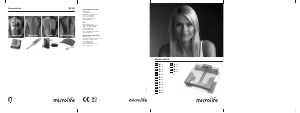


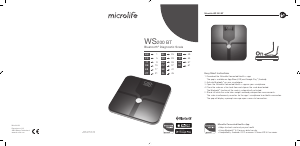
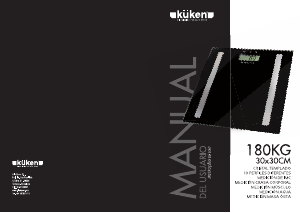
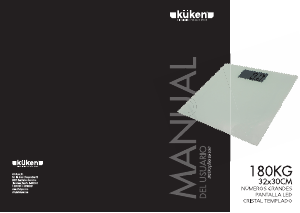
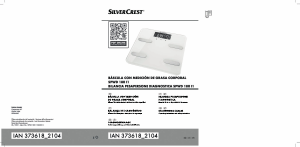
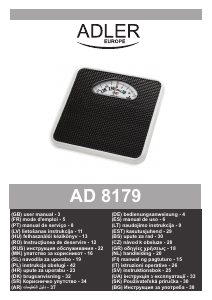
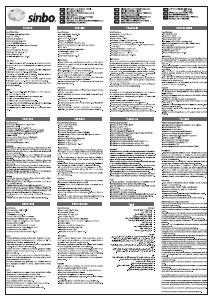
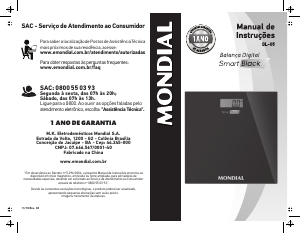
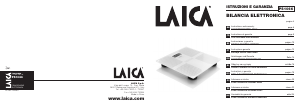
Participe da conversa sobre este produto
Aqui você pode compartilhar o que pensa sobre Microlife WS 100 Balança. Se você tiver alguma dúvida, primeiro leia atentamente o manual. A solicitação de manual pode ser feita através do nosso formulário de contato.